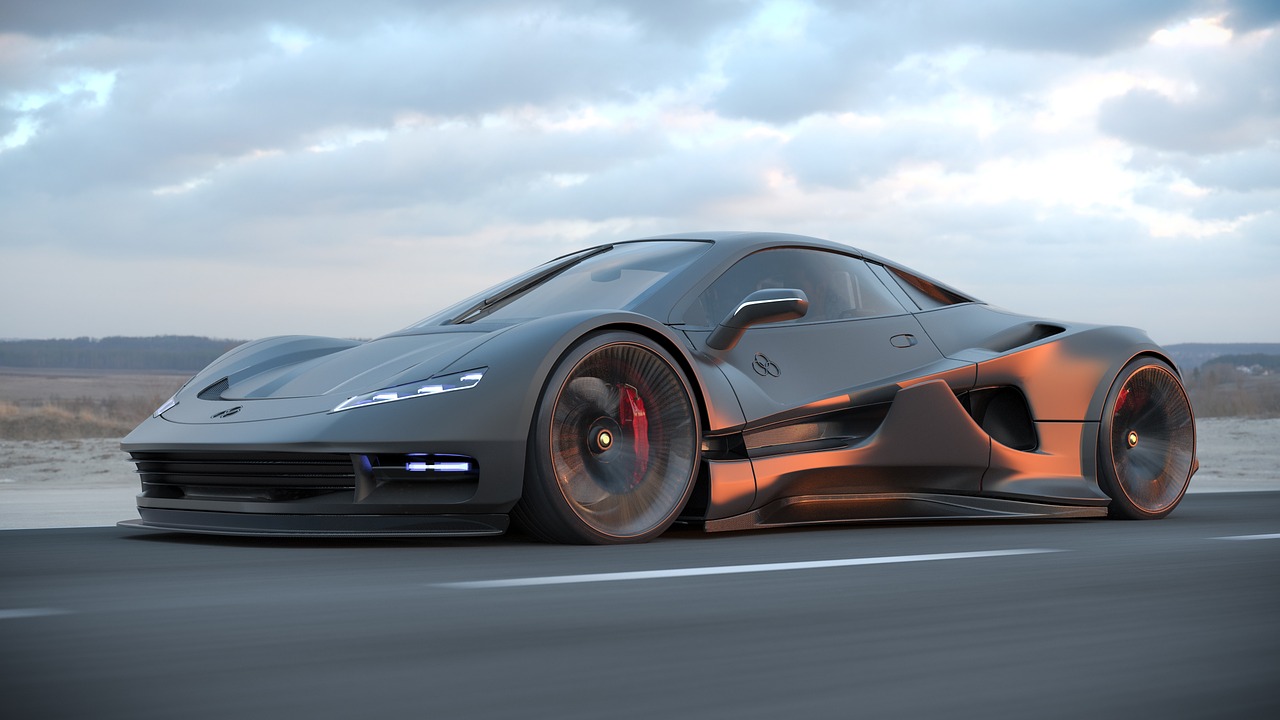The Evolution of Automotive Turbocharger Technology: From Wastegate to Twin-Scroll
At its core, the concept of turbocharging in automobiles can be traced back to the early 20th century, when Swiss engineer Alfred Büchi developed the first turbocharger for use in diesel engines. This innovation aimed to increase power output by harnessing the energy from exhaust gases to force more air into the engine. By doing so, turbocharging significantly improved engine efficiency and performance, setting the stage for its widespread adoption in the automotive industry.
The technological advancements in turbocharging continued throughout the mid-20th century, with manufacturers like General Motors and Daimler-Benz incorporating turbochargers into their production vehicles. These early turbocharged engines not only offered enhanced power delivery but also improved fuel efficiency, making them an attractive solution for automakers seeking to meet stricter emissions standards. The successful integration of turbocharging technology into various car models paved the way for the performance-oriented vehicles we see on the roads today.
The Development of Variable Geometry Turbos
Variable geometry turbos, also known as variable nozzle turbines, have revolutionized the world of turbocharging in automobiles. Instead of a fixed geometry turbocharger, which has a single set of vanes or blades to control airflow, variable geometry turbos can adjust the angle of these vanes or vanes to optimize performance at different engine speeds and loads.
This development allows for improved responsiveness and efficiency across a broader range of operating conditions. By dynamically adjusting the geometry of the turbocharger, variable geometry turbos can deliver more torque at lower engine speeds while maintaining high power output at higher speeds. This versatility has made variable geometry turbos a popular choice for modern diesel engines, where quick throttle response and reduced turbo lag are crucial for performance and fuel efficiency.
The Advantages of Sequential Turbocharging Systems
Sequential turbocharging systems offer several key advantages in the world of automotive engineering. Firstly, these systems provide improved throttle response compared to traditional single turbo setups. By employing sequential turbochargers, the lag commonly associated with turbocharged engines is significantly reduced, allowing for better acceleration and more immediate power delivery.
Additionally, sequential turbocharging systems contribute to enhanced engine efficiency and power output. By utilizing two turbochargers of varying sizes, these systems can optimize performance across the engine’s entire operating range. This results in improved fuel efficiency, reduced emissions, and an overall boost in horsepower and torque, making sequential turbocharging a desirable option for both performance enthusiasts and environmentally conscious drivers.
• Sequential turbocharging systems provide improved throttle response compared to traditional single turbo setups
• Lag commonly associated with turbocharged engines is significantly reduced
• Better acceleration and more immediate power delivery
• Enhanced engine efficiency and power output
• Two turbochargers of varying sizes optimize performance across the engine’s entire operating range
• Improved fuel efficiency, reduced emissions, and an overall boost in horsepower and torque
• Desirable option for both performance enthusiasts and environmentally conscious drivers
What are the origins of turbocharging in automobiles?
The concept of turbocharging in automobiles dates back to the early 20th century, where it was first used in aircraft engines to increase power and efficiency.
What is the development of variable geometry turbos?
Variable geometry turbos are a type of turbocharger that allows for the adjustment of the angle of the turbine blades, optimizing performance at different engine speeds.
What are the advantages of sequential turbocharging systems?
Sequential turbocharging systems offer improved throttle response, increased power output, and better fuel efficiency compared to traditional single turbo setups.







